Most people run when markets crash. They sell everything and hide their money under the mattress. Smart investors do the opposite.
They buy when everyone else is selling. This strategy uses something called the “Fear Index” to make money during scary market times.
The Fear Index measures how scared investors are right now. When fear is high, stock prices drop too low.
Good companies suddenly cost much less than they should. This creates chances to buy quality stocks at bargain prices. The trick is staying calm while others panic.
Consider shopping during a fire sale. Everyone rushes out, but you walk in and buy great stuff for cheap.
Markets work the same way. Fear makes people sell good investments for less than they’re worth. Patient investors can profit from this mistake.
This approach takes guts. You must buy when news headlines scream doom. You need to act when your friends say you’re crazy. But history shows this strategy works over time.
What Is the Fear Index and How Does It Work?

The Fear Index is called the VIX. Wall Street traders watch this number every day. It measures how much the stock market might swing up and down over the next 30 days. Higher numbers mean more fear. Lower numbers mean calm markets.
When the VIX hits 30 or higher, investors are getting nervous. At 40 or above, people are panicking.
These high numbers often signal good buying opportunities. The VIX can shoot up fast during crisis times, sometimes reaching 50, 60, or even 80.
Markets usually calm down after panic spells. The VIX drops back to normal levels around 15 to 20. Stock prices often recover, too. This pattern repeats throughout history. Smart investors use these cycles to their advantage.
The VIX works like a thermometer for market emotions. Just like fever tells you someone is sick, a high VIX tells you markets are stressed. Both conditions are temporary. Bodies heal from fever, and markets recover from fear.
Core Portfolio Components for Panic Profits
Building a successful Fear Index portfolio requires different types of investments that work together during market stress. Each component serves a specific purpose when panic strikes the markets.
1. VIX-Linked ETFs: Trading Fear Directly
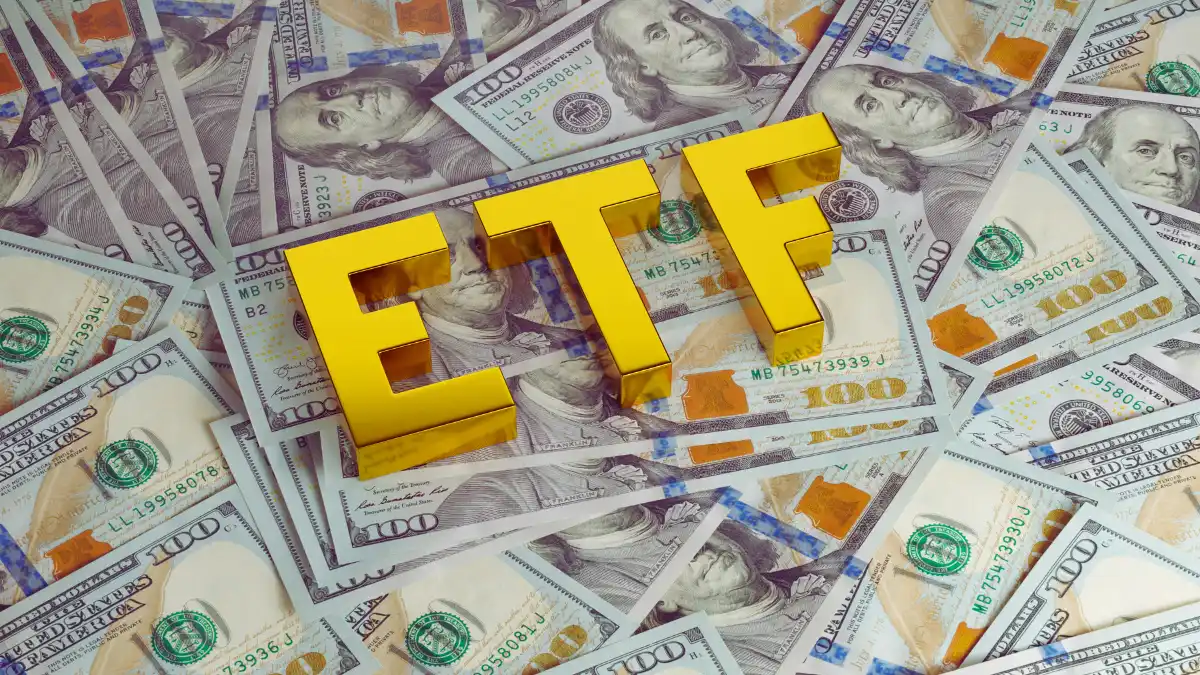
Some investors trade fear directly through special funds that track the VIX. VXX represents the most popular choice for this approach. This fund rises when volatility spikes but comes with serious risks.
UVXY offers double the exposure, meaning it moves twice as much as regular volatility funds. Both go up when markets get scary.
SVXY works the opposite way. This fund makes money when fear goes down and markets calm down. Experienced traders use it to bet on recovery after panic peaks. All these funds require exact timing to work properly.
These instruments lose value over time due to technical problems. You cannot buy them and forget about them like regular stocks. Most traders hold them for days or weeks, not months.
The 2018 crash shows how dangerous they can be. On February 5, 2018, a sudden rise in market volatility caused certain short volatility ETPs to plunge more than 90% in one day due to a negative feedback loop related to futures rebalancing and market concentration. Beginners should avoid direct volatility trading.
2. Defensive Stocks and Sectors: Your Safety Net

Defensive stocks form the backbone of any Fear Index portfolio. These companies sell things people need regardless of economic conditions.
Consumer staples represent the safest group. Procter & Gamble makes soap, toothpaste, and cleaning products. Coca-Cola sells drinks that people buy during good times and bad times.
Utilities provide another stable option. NextEra Energy and Duke Energy supply the electricity that everyone needs.
These companies pay steady dividends even during recessions. Their stock prices stay more stable than most other investments during market storms.
Healthcare companies also belong in this category. Johnson & Johnson makes medicines and medical devices that hospitals always need. Pfizer develops drugs that treat diseases regardless of economic conditions.
Both companies have survived many market crashes and kept paying shareholders. These stocks provide steady returns during scary times.
3. Gold and Precious Metals: The Ancient Fear Hedge

Gold has been money for thousands of years. When people get scared about the future, they buy gold.
This makes precious metals a natural hedge against market fear and economic uncertainty. Gold often rises when stocks fall, providing balance to your portfolio.
The SPDR Gold Trust (GLD) offers the easiest way to own gold without storing physical metal. This fund tracks gold prices closely and trades like a regular stock.
The iShares Silver Trust (SLV) does the same thing for silver, which tends to be more volatile than gold.
Some investors prefer physical gold coins or bars. This approach provides complete ownership but requires secure storage. Mining stocks like Barrick Gold offer another option.
These companies often move more than gold prices themselves, providing extra profit potential during gold rallies. Start with 5 to 10 percent of your portfolio in precious metals.
4. Put Options and Inverse ETFs: Advanced Protection Tools
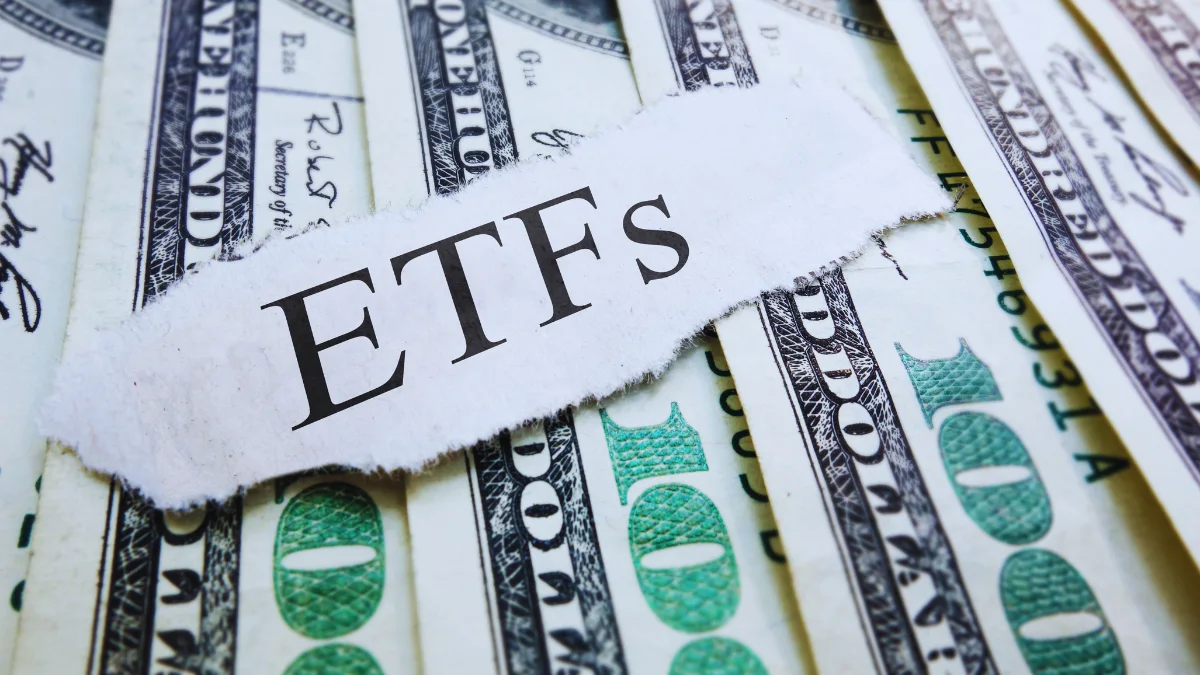
Advanced investors can use puts and inverse funds to profit directly from falling markets. SPY puts give you the right to sell the S&P 500 at a specific price.
When markets crash, these options become very valuable. But they expire worthless if markets stay calm or go up.
The ProShares Short S&P 500 (SH) makes money when the stock market falls. This inverse ETF moves opposite to the market without expiration dates like options.
SDS offers twice the movement of regular inverse funds, amplifying both gains and losses when markets fall.
These tools require careful timing and risk management. They work best as short-term hedges or tactical trades during obvious market stress.
Holding them too long usually leads to losses because markets generally go up over time. Beginners should focus on buying quality stocks during panic instead of trying to time market direction.
5. Cash Reserves: Your Secret Weapon

Cash gets no respect from most investors. They think holding money in savings accounts is boring and wasteful.
The Fear Index strategy proves them wrong. Cash becomes your most powerful tool during market panics.
Keeping 10 to 30 percent of your investment money in cash serves multiple purposes.
It keeps you calm when markets crash because you know bills are covered. This peace of mind helps you think instead of panicking like everyone else.
More importantly, cash gives you buying power when others must sell. During the 2008 crash, many investors had to sell stocks to pay expenses. People with cash reserves could buy those same stocks at bargain prices.
The difference between forced selling and voluntary buying creates huge profit opportunities. Cash also provides flexibility when fear peaks.
The Psychology Behind Panic Profits
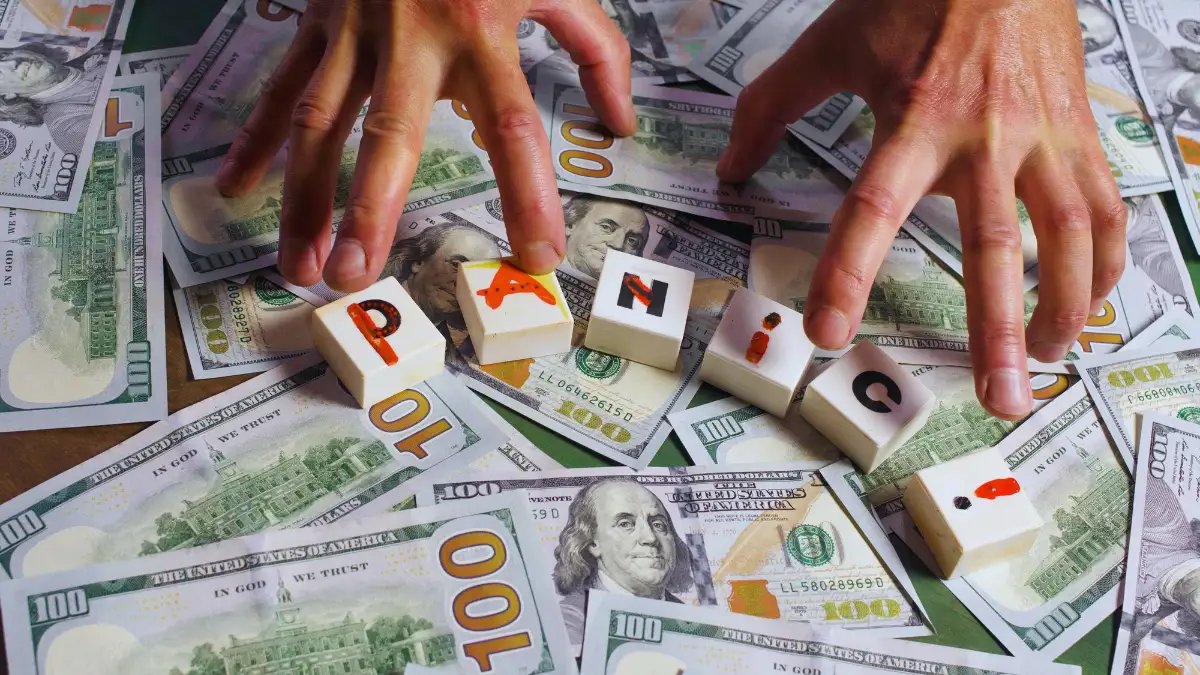
Fear makes people do dumb things with money. When markets crash, investors sell everything at terrible prices.
They want to stop the pain of watching their accounts shrink. This emotional reaction creates opportunities for calmer investors.
Greed works the same way in reverse. When markets soar, people buy anything that moves up. They fear missing out on easy profits. Both emotions lead to bad investment decisions. The Fear Index helps you spot these emotional extremes.
Successful panic investors must control their own emotions first. You need nerves of steel to buy when everyone else is selling. The news will be terrible. Your friends will think you’re nuts. Your account might drop more before it recovers.
This is why cash reserves matter so much. Money in the bank reduces stress during tough times. You can think instead of panicking about bills.
Calm thinking leads to better investment choices. Stress and fear cloud judgment and cause mistakes.
Real World Success: The COVID-19 Crash
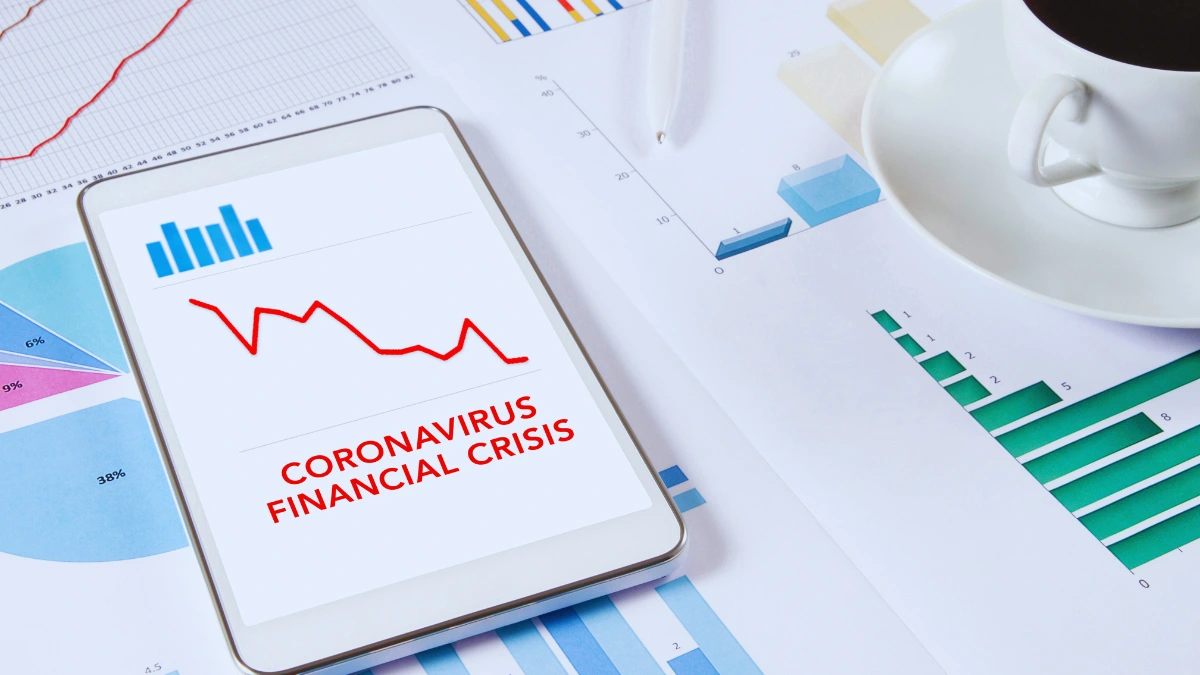
March 2020 shows this strategy in action. The coronavirus pandemic scared everyone. The VIX shot above 80, one of the highest readings ever recorded.
Stock markets crashed faster than they had since 1929. People sold everything and ran for safety.
Smart investors saw opportunity in the chaos. They bought shares of strong companies at massive discounts.
Consumer staples like Procter & Gamble and Coca-Cola traded well below normal values. Healthcare giants like Johnson & Johnson became bargains despite their essential business models.
Defensive sectors held up better but still offered good values. Utility companies and healthcare stocks dropped less than the overall market.
This provided safer entry points for nervous investors who wanted exposure without extreme risk.
The recovery came faster than anyone expected. By August 2020, most stocks had bounced back to pre-pandemic levels. Investors who bought during the March panic made huge returns. Some doubled their money in just five months.
When to Use This Strategy?
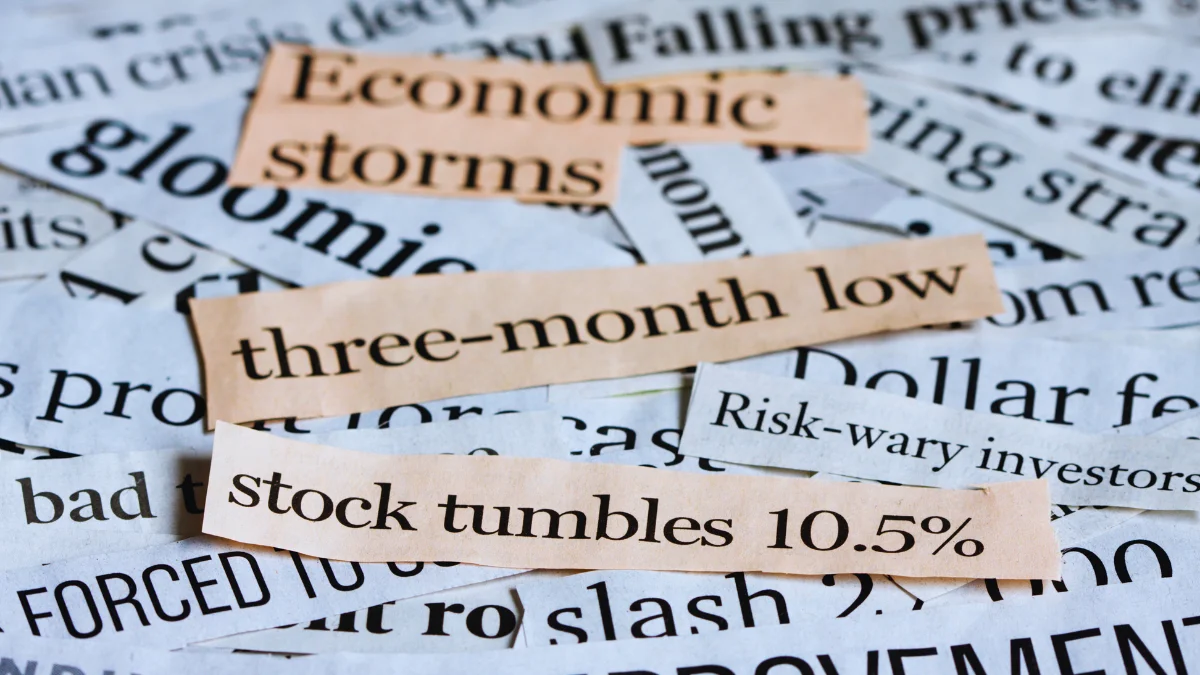
Certain market conditions favor the Fear Index approach. Major economic problems create the best opportunities.
Financial crises, wars, pandemics, and recessions all drive fear higher. Political uncertainty also spooks investors and creates buying chances.
Watch for VIX readings above 30 as your first signal. Above 40 means serious panic is starting.
Readings over 50 indicate extreme fear and potentially great buying opportunities. But remember that timing the exact bottom is nearly impossible.
News headlines provide another clue. When every story talks about disaster and doom, markets might be getting too negative.
Extreme pessimism often marks turning points. But be patient because sentiment can stay negative for weeks or months.
Economic data helps confirm opportunities, too. When unemployment spikes, GDP shrinks, or corporate earnings collapse, stocks often fall too far.
Strong companies become available at recession prices even though they will survive and thrive later.
Risk Management: Protecting Your Capital
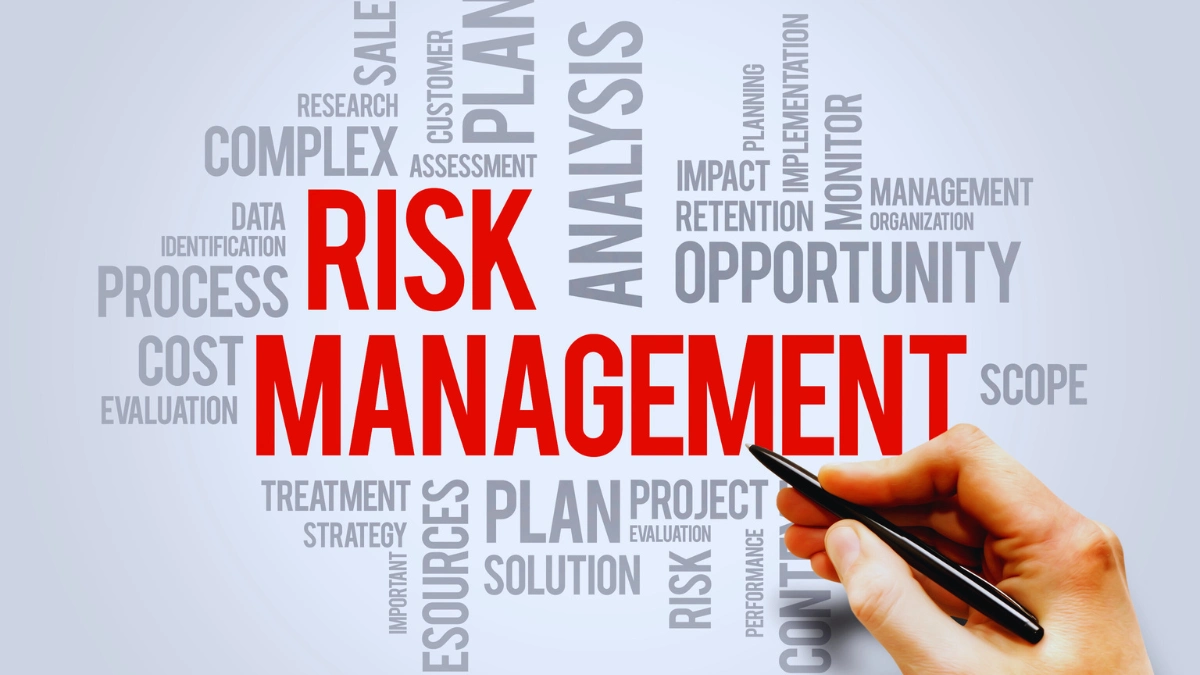
Every investment strategy carries risks. Fear Index investing is no different. The biggest danger is timing. Fear can last longer than you expect.
Your cash might run out before the buying opportunity ends. Markets sometimes stay scared for months or even years.
Position sizing helps control this risk. Never put all your money into panic buying at once. Spread purchases over time using dollar-cost averaging.
Buy some defensive stocks when the VIX hits 30, more at 40, and even more above 50. This approach reduces timing pressure.
Stop losses protect against huge mistakes. Set a price where you will sell if things get worse. This rule prevents small losses from becoming giant disasters.
But be careful not to set stops too tight during volatile times. Panicked markets swing wildly and might trigger stops too early.
Diversification spreads risk across different investments. Own consumer staples, utilities, and healthcare companies of various sizes and countries.
Include precious metals and cash reserves, too. When one area gets hit hard, others might hold up better.
Building Your Fear Index Portfolio Step by Step

Start by setting aside cash for buying opportunities. Aim for 20 percent of your investment money in savings accounts or short-term bonds.
This money stays safe while you wait for the right moment to strike. Higher interest rates make cash more attractive during waiting periods.
Choose quality defensive stocks for your core holdings. Procter & Gamble, Coca-Cola, and Johnson & Johnson represent good examples of companies that sell necessities.
NextEra Energy and Duke Energy provide utility exposure. These firms keep making money even during recessions.
Add precious metals through GLD or SLV for 5 to 10 percent of your portfolio. This allocation provides insurance against currency problems and inflation fears that often accompany market panics. Physical gold coins offer an alternative for investors who prefer direct ownership.
Consider broad market ETFs for instant diversification after building your defensive foundation.
The SPDR S&P 500 ETF gives you ownership in hundreds of companies at once. During panic selling, you can buy the entire economy at discount prices.
Advanced Strategies for Experienced Investors

Skilled investors can use more complex tools to enhance their Fear Index portfolio results. These strategies require deeper market knowledge and careful risk management.
- International Diversification: Emerging markets sometimes recover faster than developed markets after global panics. Currency movements can boost returns when the dollar weakens during crisis periods. Different countries experience fear cycles at different times, creating opportunities.
- Options Protection and Profit: Buying SPY puts protects your portfolio while providing profit potential if markets fall further. These contracts become very valuable during market crashes but expire worthless if markets stay calm. Selling covered calls on your stock holdings generates extra income during sideways markets after panic ends.
- Inverse ETF Trading: SH and SDS offer approaches for experienced investors who want to profit from falling markets. These funds make money when stocks decline without expiration dates like options. They work best as short-term tactical trades rather than long-term holdings because markets generally rise over time.
- Sector Rotation Timing: Consumer staples and utilities often hold up better during crashes but might lag in recoveries. Healthcare companies usually maintain steady profits throughout economic cycles. Technology and consumer discretionary stocks often lead recoveries after fear fades.
